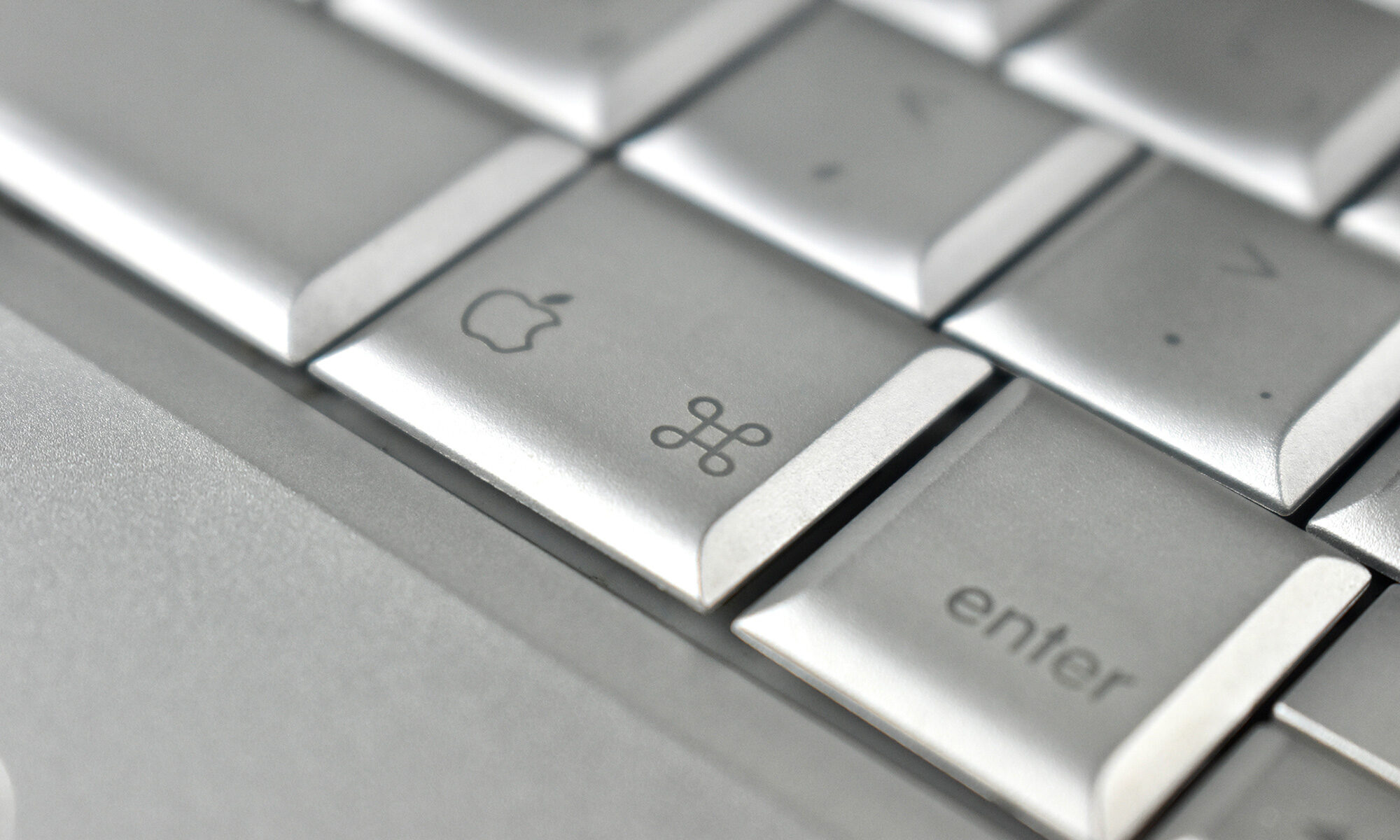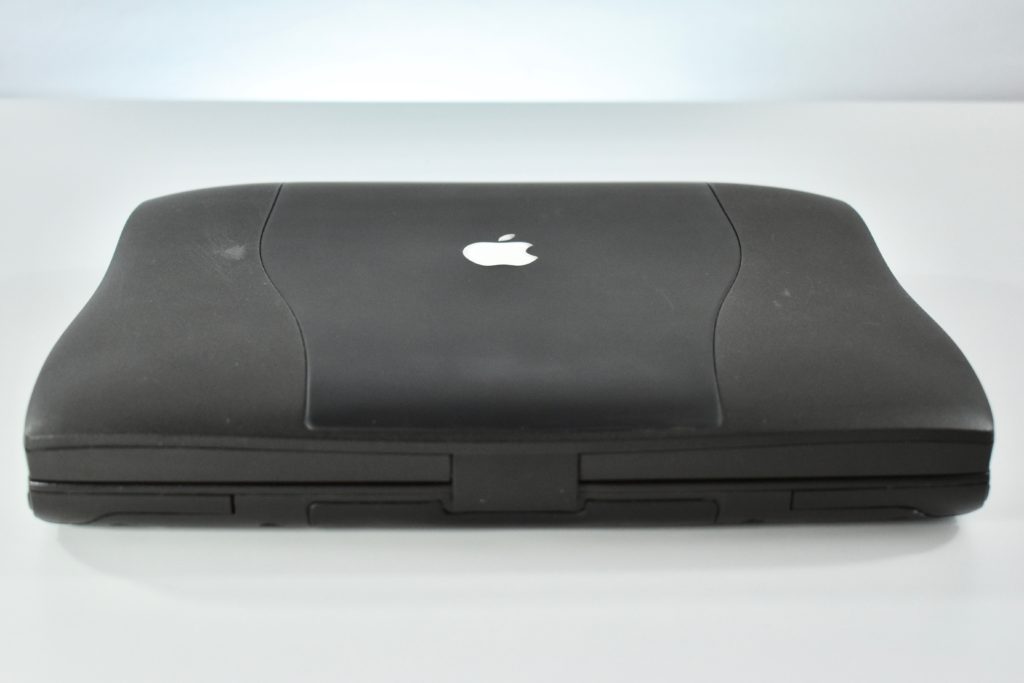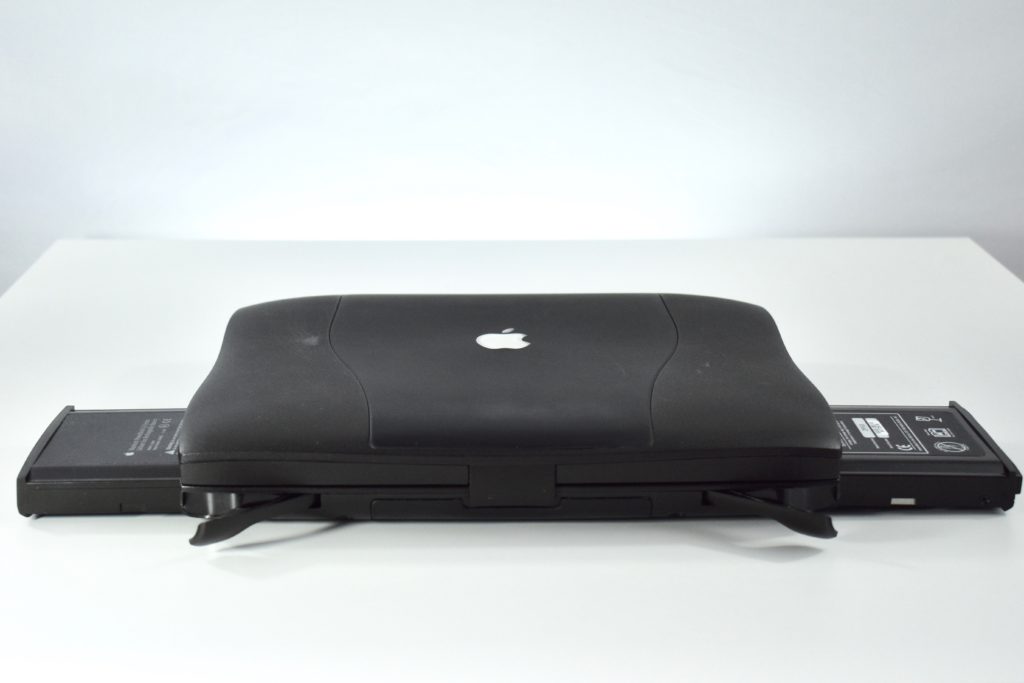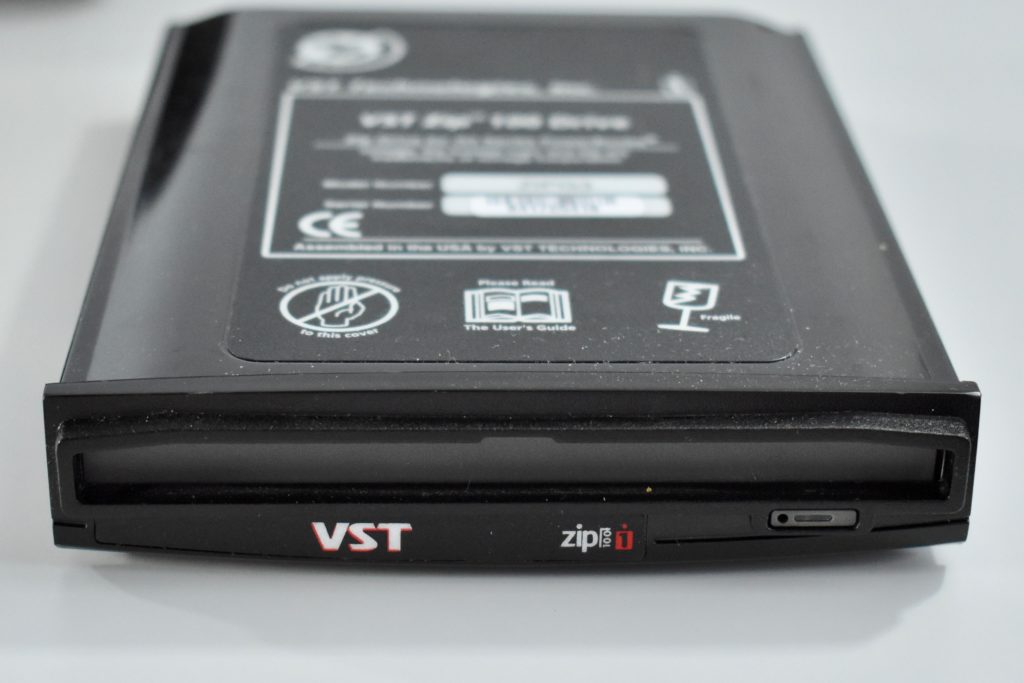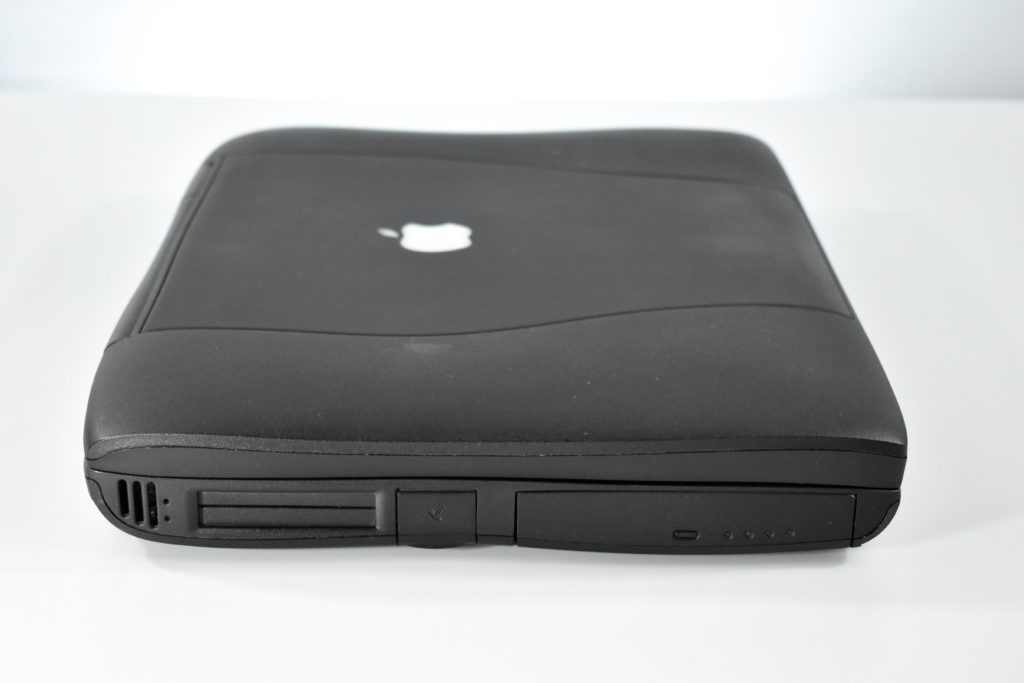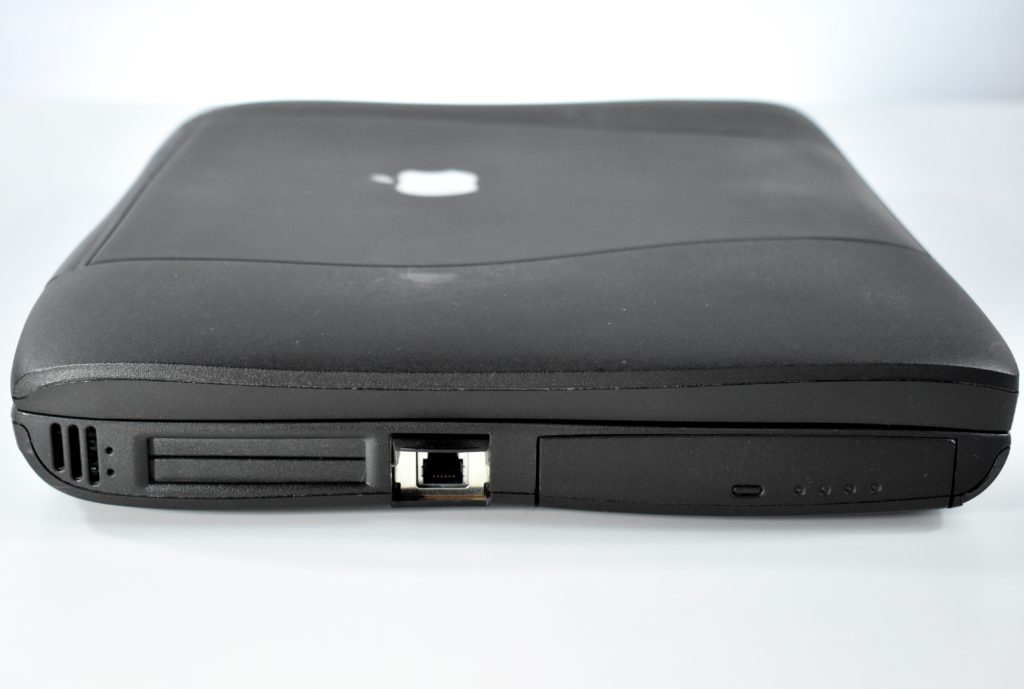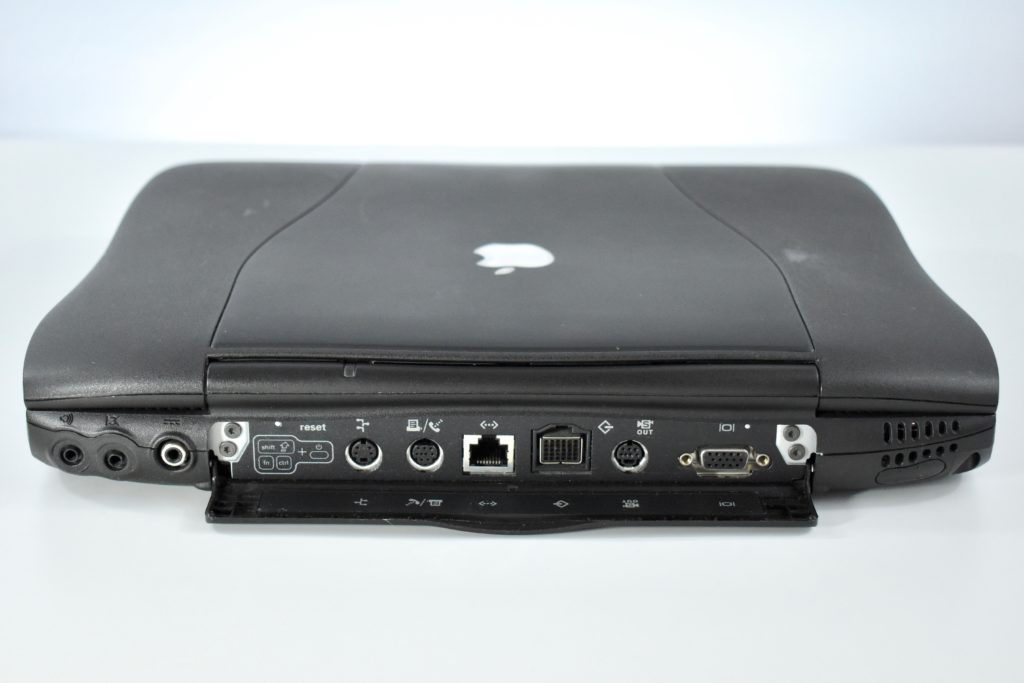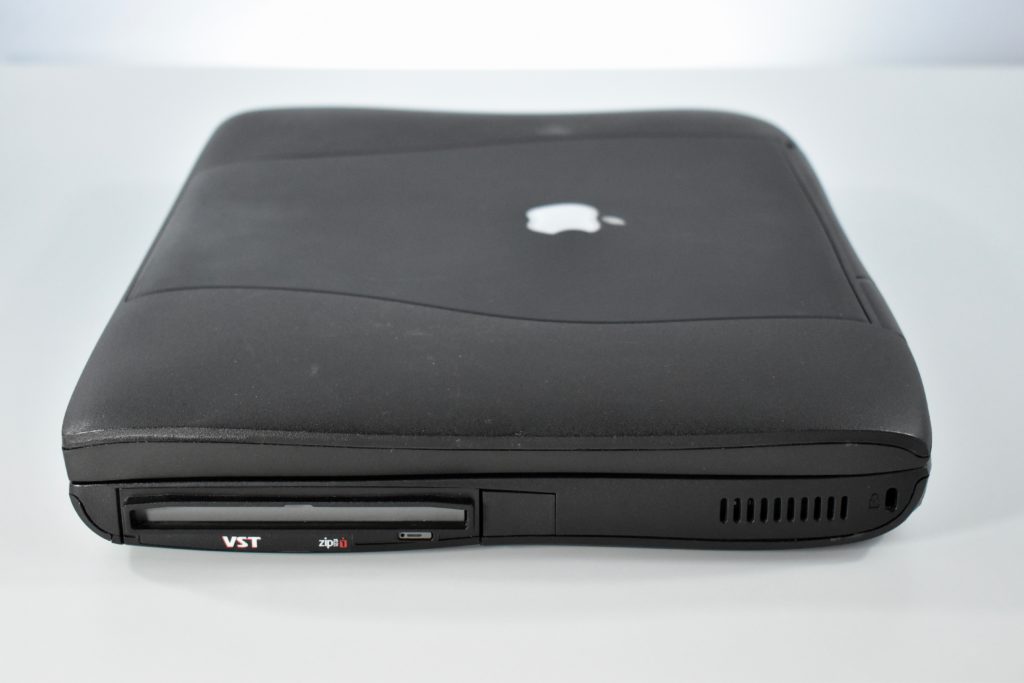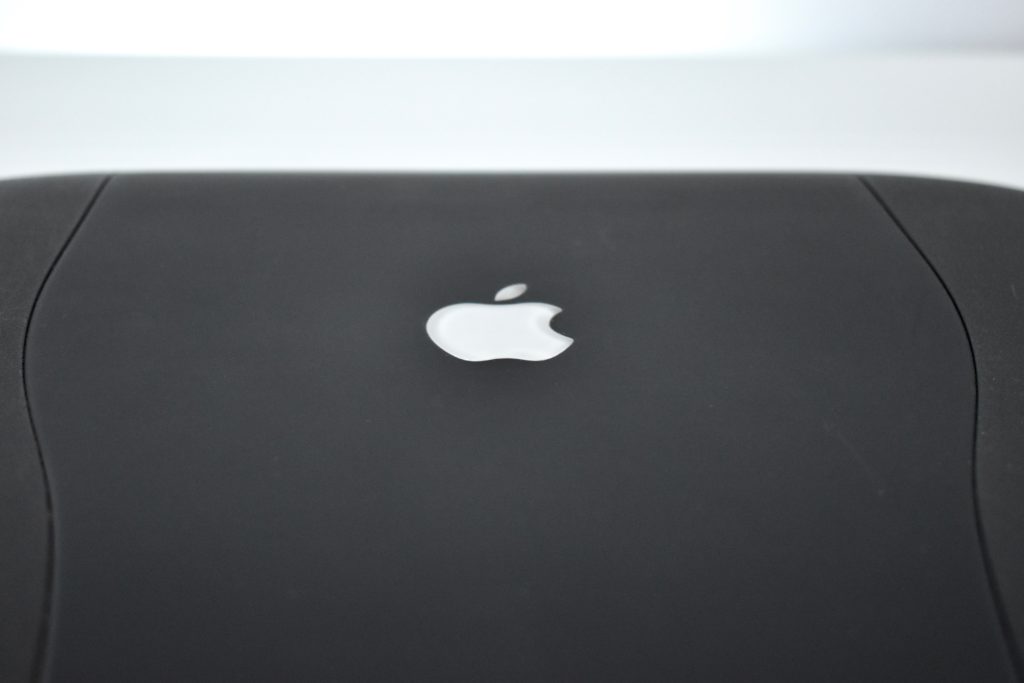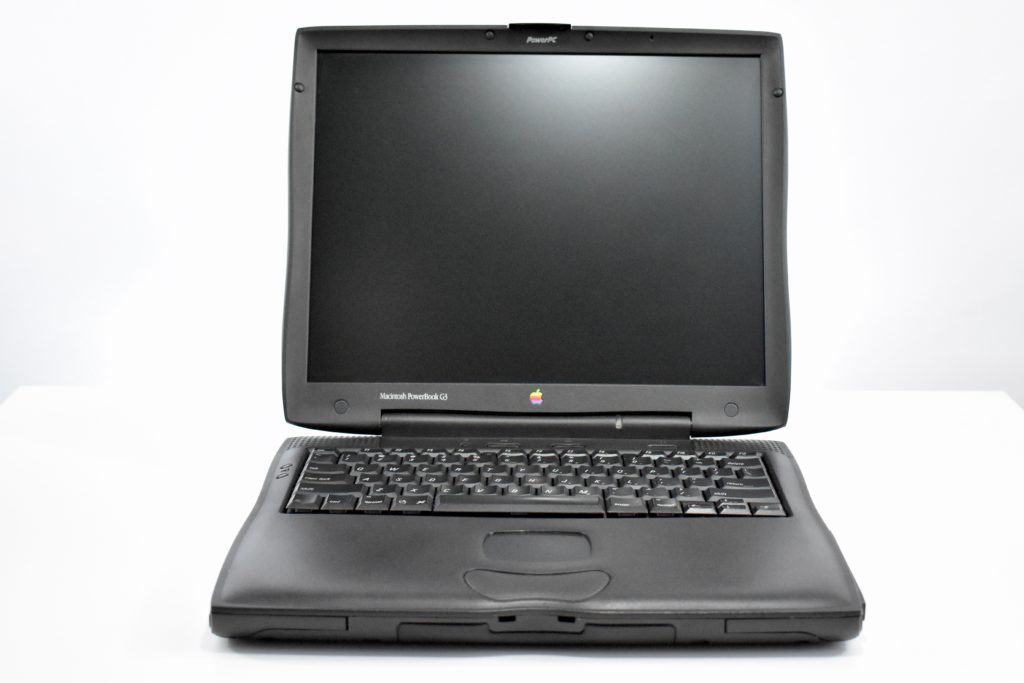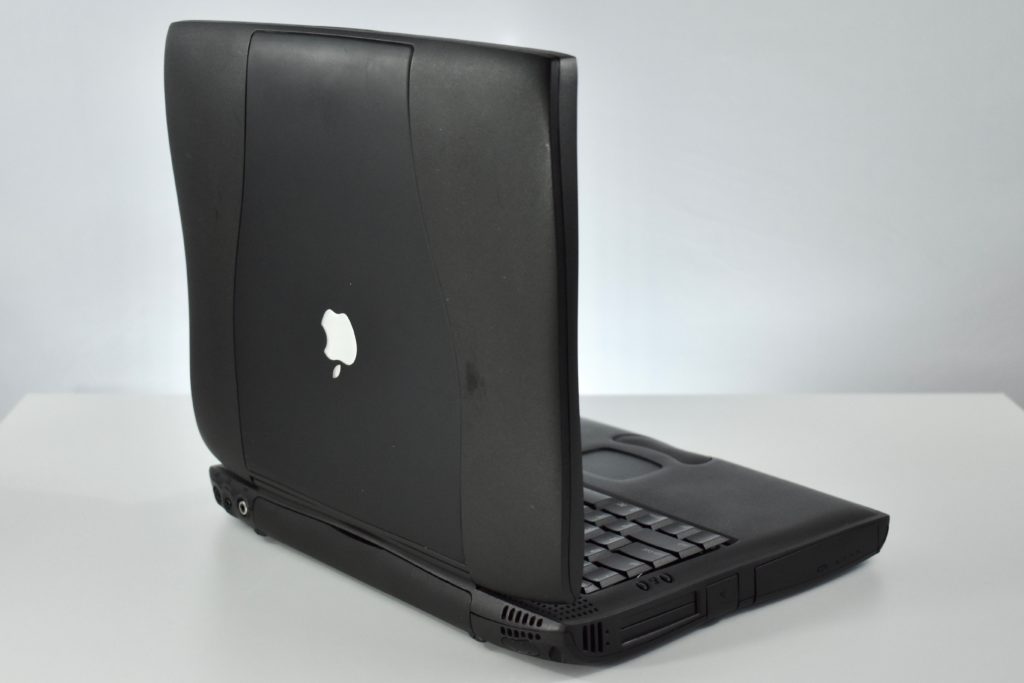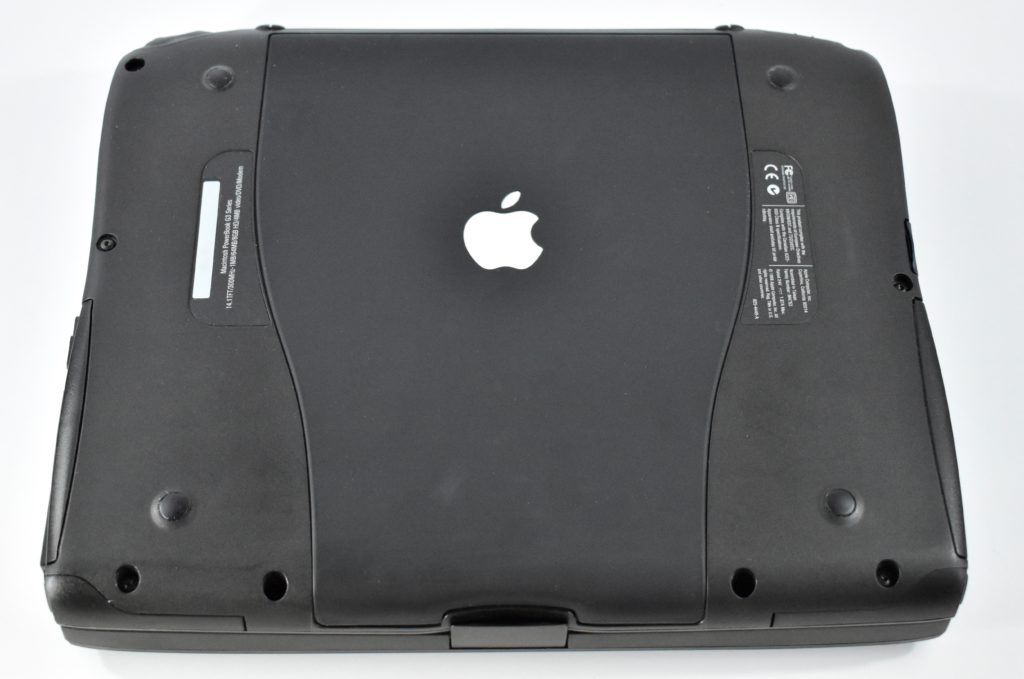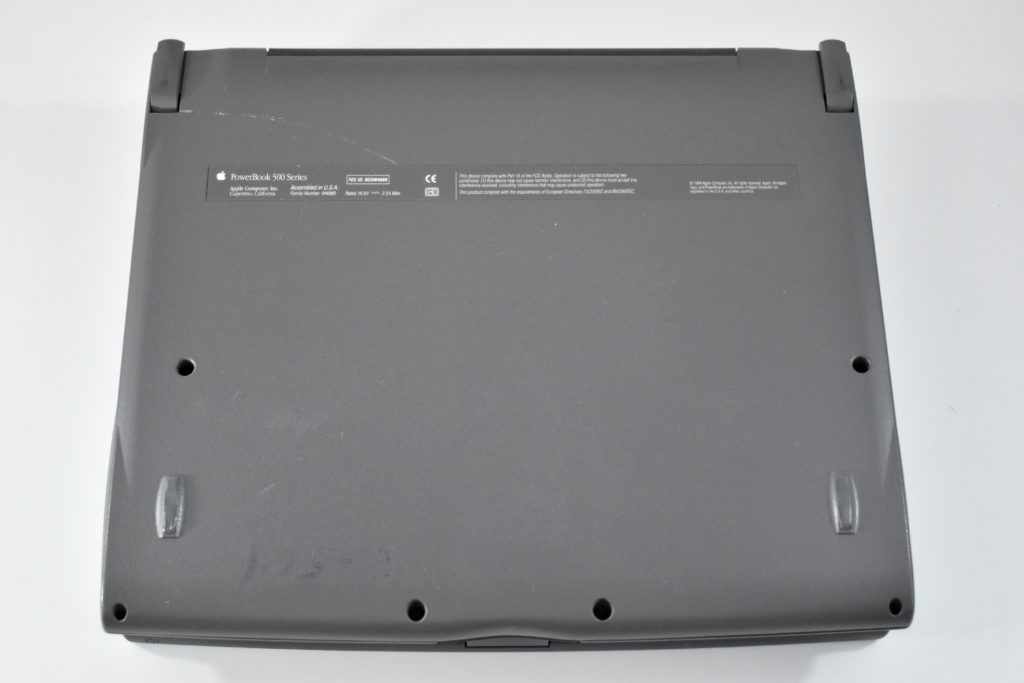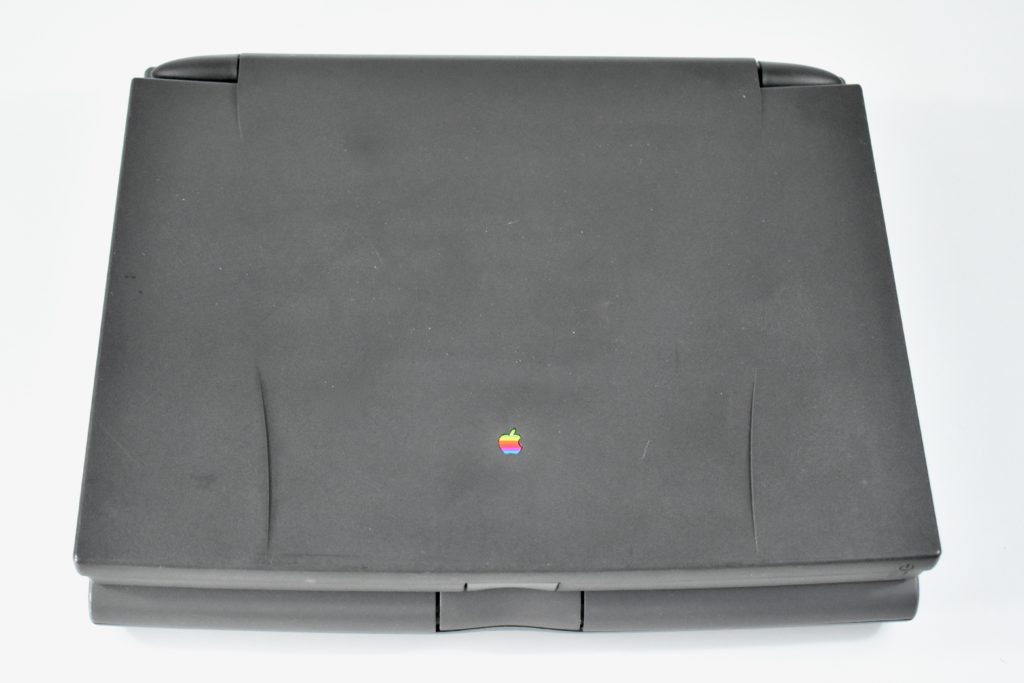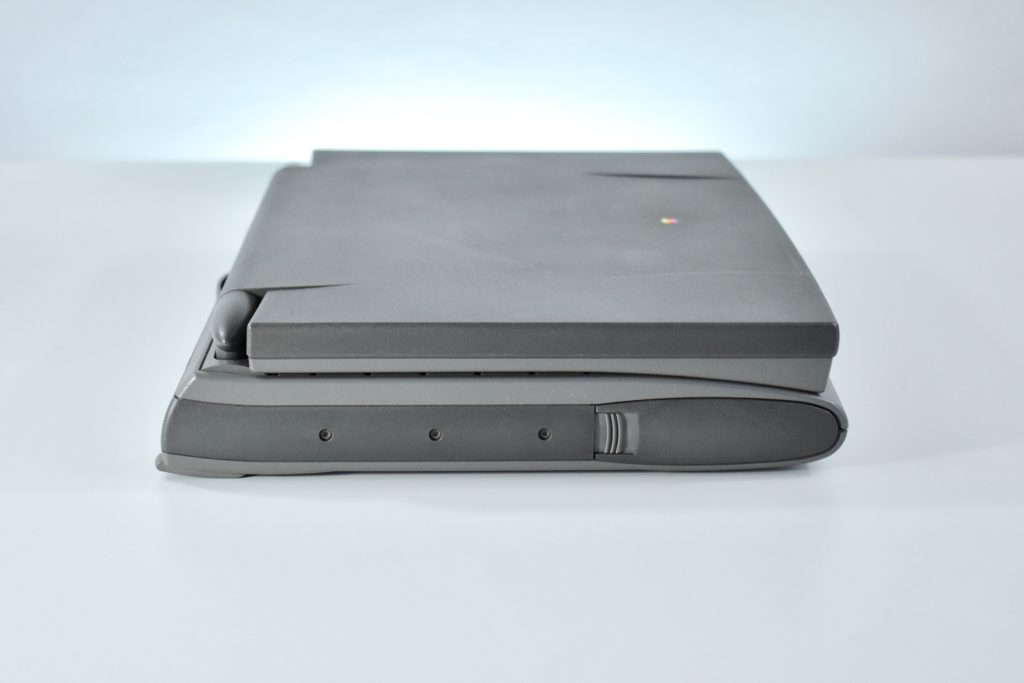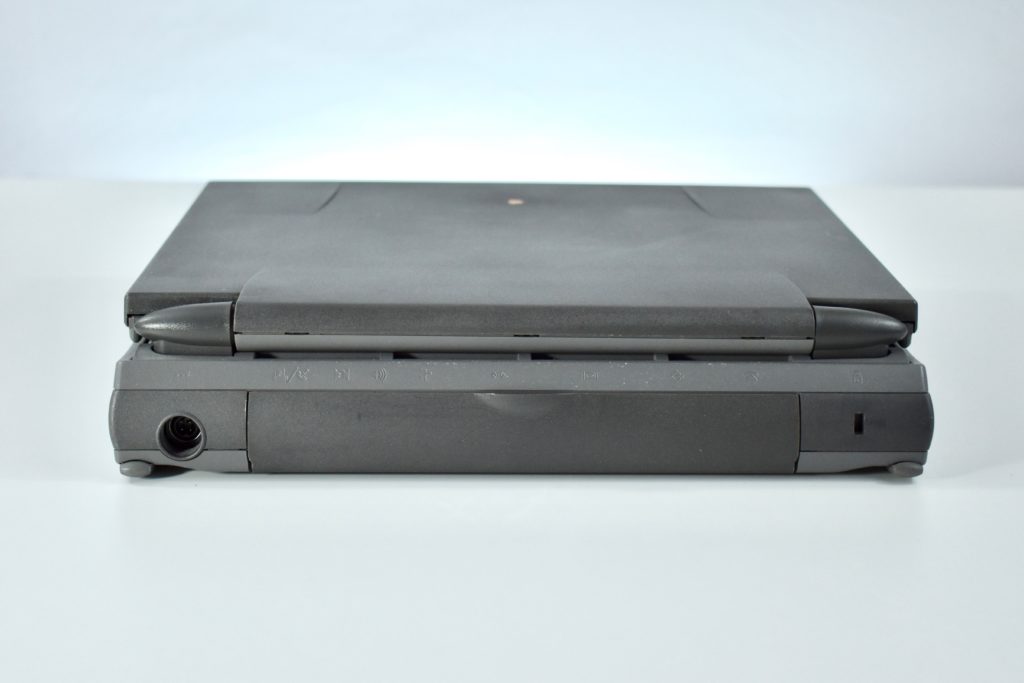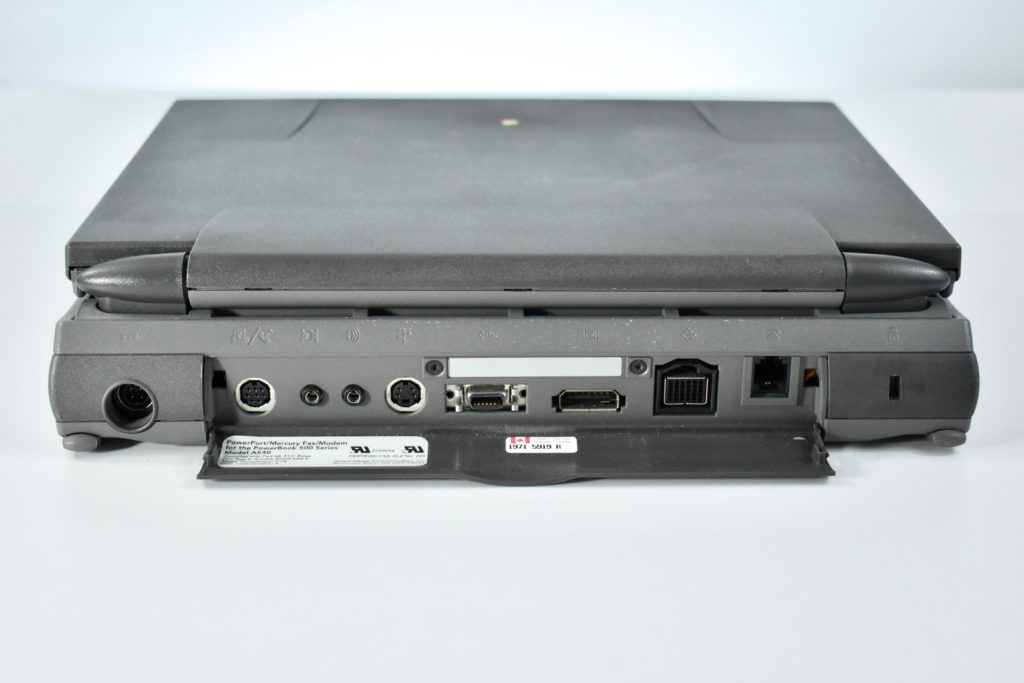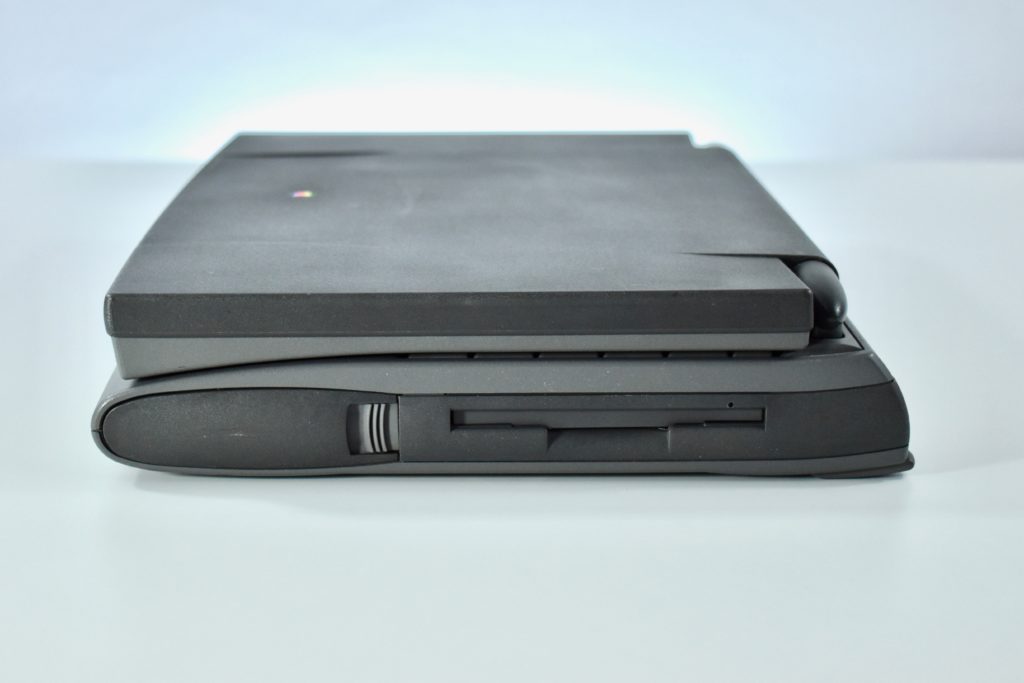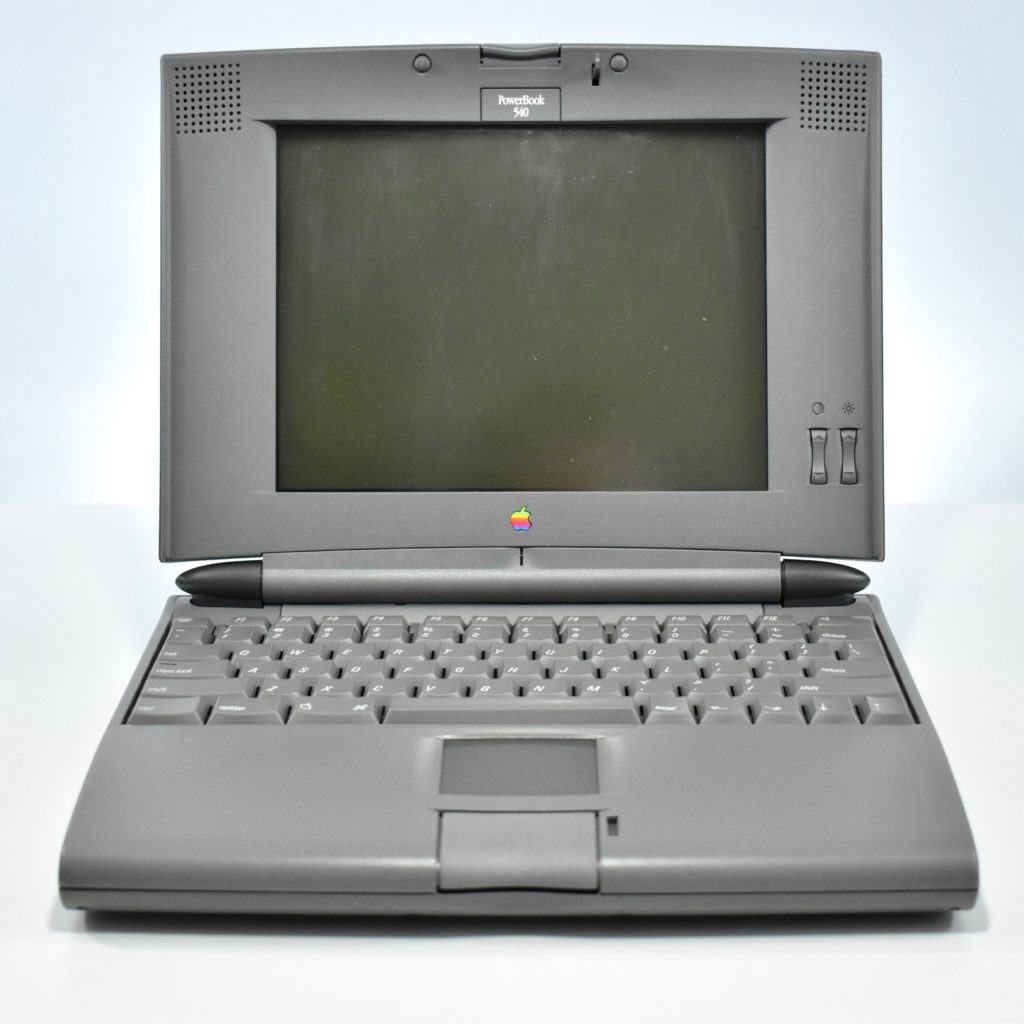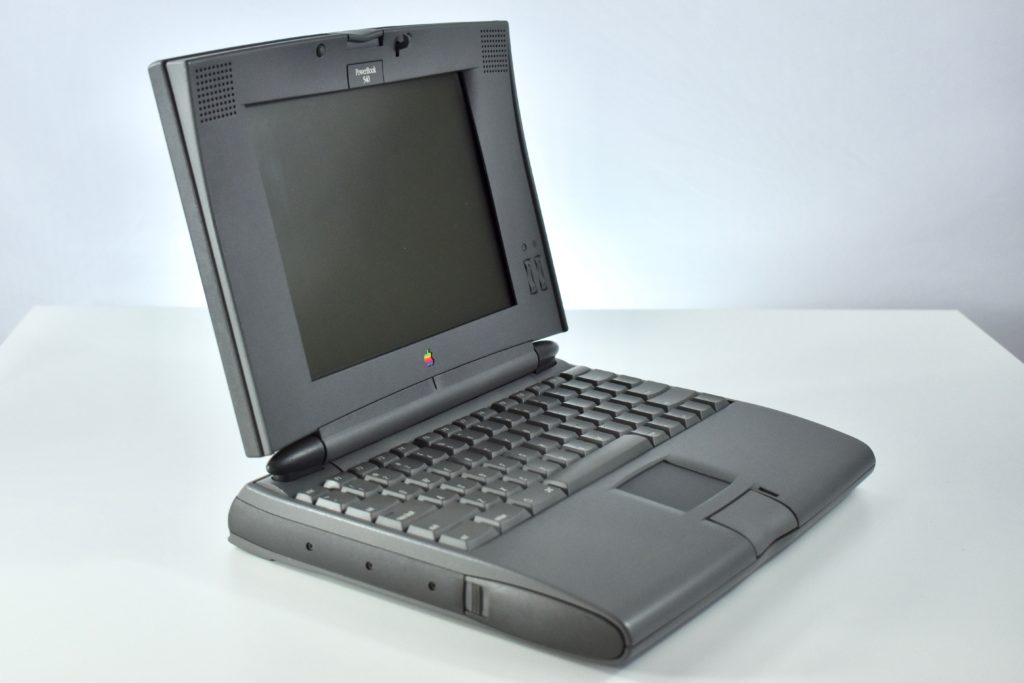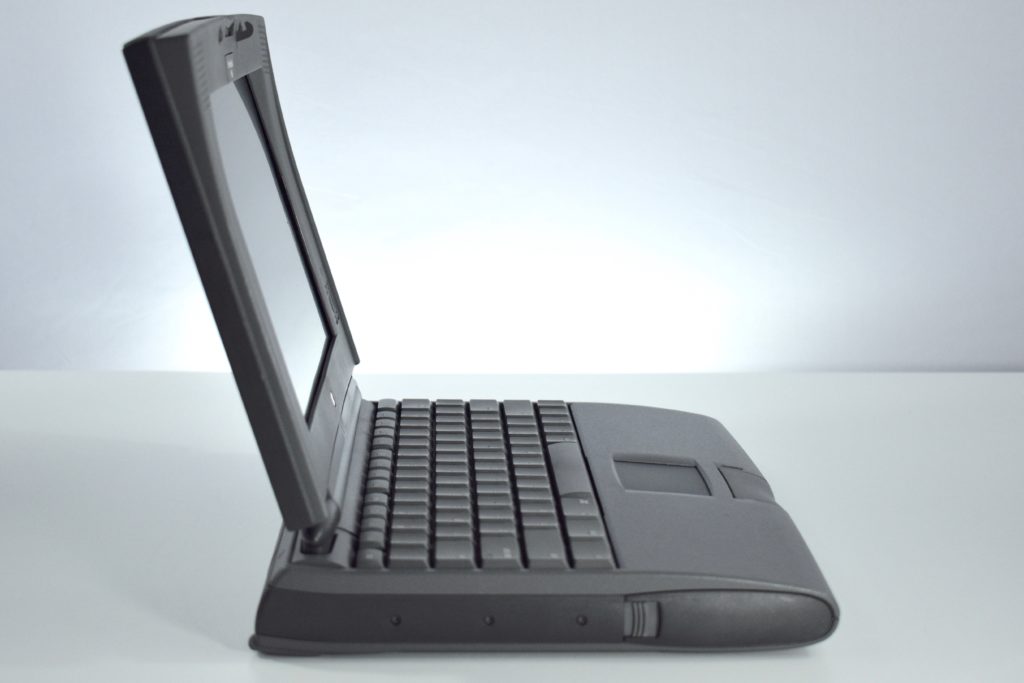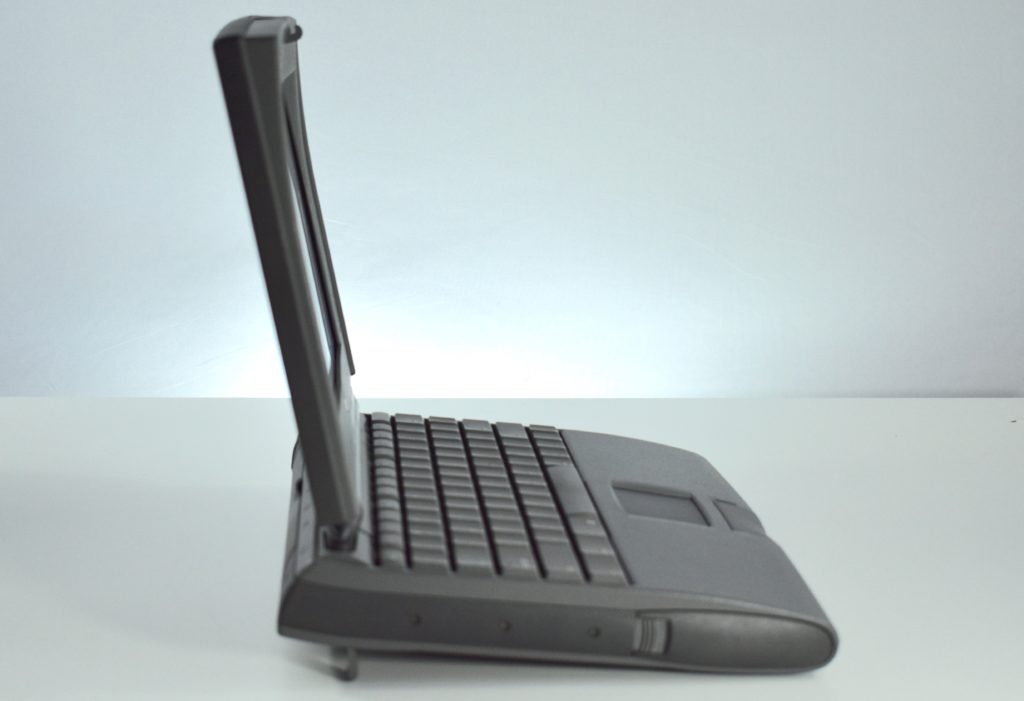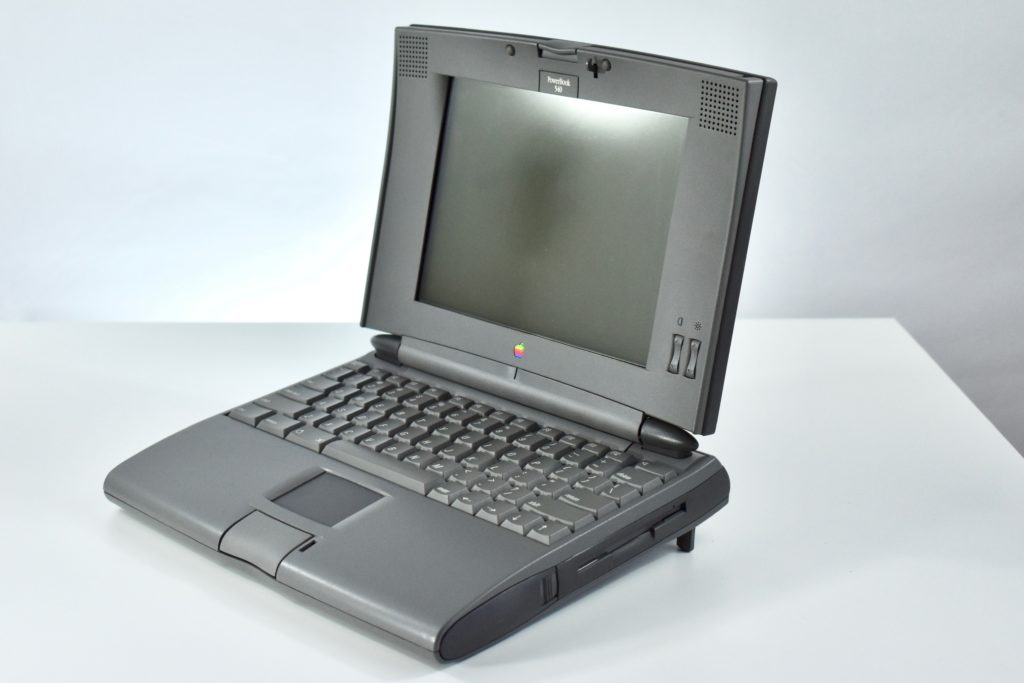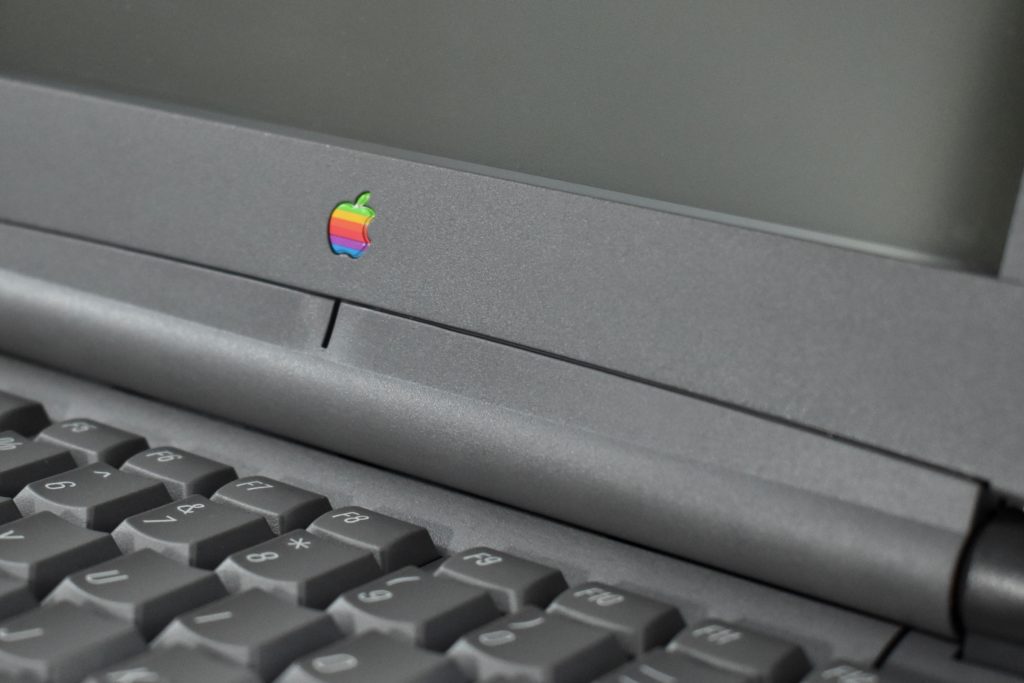The PowerBook G3 was a member of the “PowerBook G3 Series” family, but more commonly referred to by its “Wallstreet” codename. It featured a 233 MHz PowerPC 740 (G3) processor, 32 MB of RAM, a 2.0 GB hard drive, and a 20X tray-loading CD-ROM drive. Three different screen sizes were available: 12.1-inch STN (passive matrix), 13.3-inch TFT, or 14.1-inch TFT color display.
The Wallstreet PowerBook G3 Series included dual hot-swappable bays that could both hold batteries or expansion modules in a 3.5-inch left bay and a 5.25-inch right bay. It also included dual PC card slots and the 13.3-inch and 14.1-inch models had S-video out.
This Wallstreet PowerBook is one of two examples in my collection. This model has a VST Zip drive in the right bay and a battery in the left bay.
Original pricing for the Wallstreet PowerBook G3 Series was $2,999 to $3,500 with other custom configurations available.
Source: EveryMac.com
